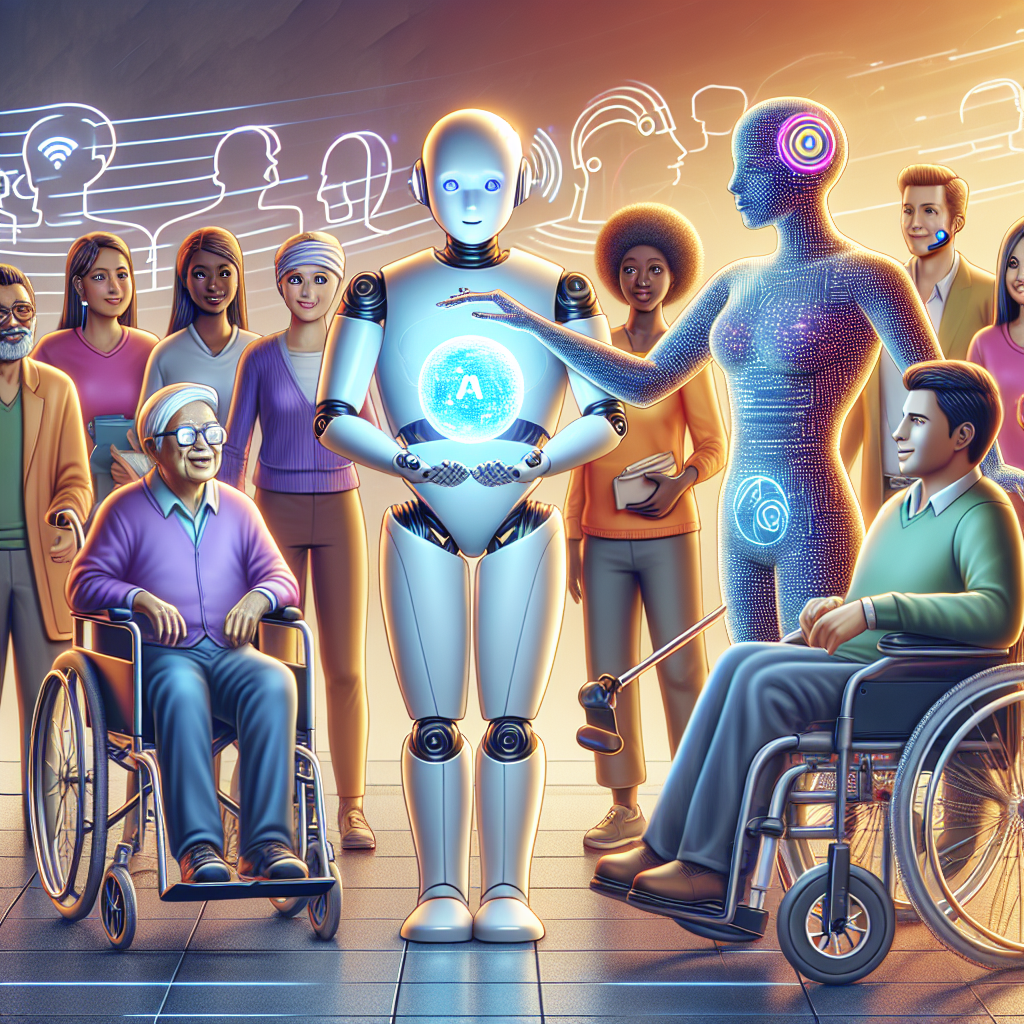The Impact of AI and Machine Learning on Accessibility
Introduction
Artificial Intelligence (AI) and Machine Learning are rapidly changing the way we interact with technology, and this has significant implications for accessibility. Accessibility refers to the design of products, devices, services, or environments for people with disabilities. AI and Machine Learning have the potential to revolutionize accessibility by creating more inclusive and user-friendly experiences for individuals with disabilities. In this article, we will explore the impact of AI and Machine Learning on accessibility and discuss the ways in which these technologies are being used to improve the lives of people with disabilities.
AI and Machine Learning in Accessibility
AI and Machine Learning technologies have the potential to transform accessibility in a variety of ways. One of the key benefits of these technologies is their ability to personalize experiences for individuals with disabilities. For example, AI-powered virtual assistants can provide personalized recommendations and assistance to individuals with visual impairments, helping them navigate their environment more easily. Similarly, Machine Learning algorithms can be used to adapt websites and applications to suit the needs of users with different types of disabilities, such as dyslexia or mobility impairments.
In addition, AI and Machine Learning can help to improve the accuracy of assistive technologies for individuals with disabilities. For example, Machine Learning algorithms can be used to improve the accuracy of speech recognition software for individuals with hearing impairments, making it easier for them to communicate with others. Similarly, AI-powered image recognition technology can help individuals with visual impairments identify objects and navigate their surroundings more effectively.
Furthermore, AI and Machine Learning can help to break down barriers to accessibility by automating the process of creating accessible content. For example, AI-powered tools can be used to automatically generate alt text for images, making it easier for individuals with visual impairments to access online content. Similarly, Machine Learning algorithms can be used to automatically caption videos, making them more accessible to individuals with hearing impairments.
Overall, AI and Machine Learning have the potential to greatly enhance accessibility for individuals with disabilities by providing personalized experiences, improving the accuracy of assistive technologies, and automating the creation of accessible content.
FAQs
Q: How can AI and Machine Learning technologies improve accessibility for individuals with disabilities?
A: AI and Machine Learning technologies can improve accessibility by providing personalized experiences, improving the accuracy of assistive technologies, and automating the creation of accessible content.
Q: What are some examples of AI and Machine Learning technologies that are being used to improve accessibility?
A: Examples include AI-powered virtual assistants, Machine Learning algorithms for speech recognition and image recognition, and AI-powered tools for generating alt text and captions for online content.
Q: How can AI and Machine Learning help to break down barriers to accessibility?
A: AI and Machine Learning can help to break down barriers to accessibility by automating the process of creating accessible content, such as alt text for images and captions for videos.
Q: What are the potential benefits of AI and Machine Learning for individuals with disabilities?
A: The potential benefits include more personalized experiences, improved accuracy of assistive technologies, and greater access to online content.
Conclusion
AI and Machine Learning have the potential to greatly enhance accessibility for individuals with disabilities by providing personalized experiences, improving the accuracy of assistive technologies, and automating the creation of accessible content. These technologies have the power to break down barriers to accessibility and create more inclusive and user-friendly experiences for individuals with disabilities. As AI and Machine Learning continue to advance, we can expect to see even greater improvements in accessibility and a more inclusive digital environment for all users.

